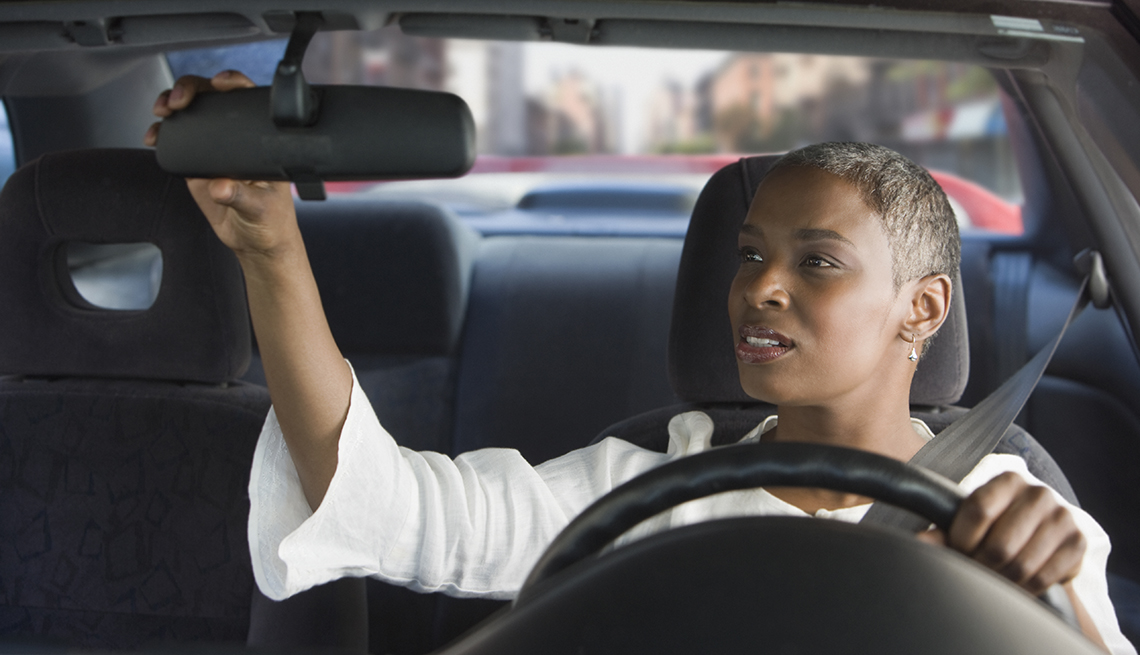Defensive Driving: 10 Smart Habits Every Driver Needs
Published on
Adopting defensive driving techniques can keep you and others safe on the road. Defensive driving simply means to drive without having a preventable accident. Stay alert, leave enough space between your vehicle and others, and adjust appropriately to any dangerous situations. This will help everyone get to their destinations safely. You may save money on auto insurance by staying accident-free or getting certified as a defensive driver!

Defensive driving is a set of skills that help drivers anticipate and react appropriately to potential hazards on the road. By practicing defensive driving techniques, you can reduce the risk of accidents and keep yourself and others safe. Here are the top 10 defensive driving tips:
1. Avoid distractions
Safe driving starts with focus. Phones, food, or even heavy conversations can take your attention off the road in a split second. Stay focused, stay safe.
- Phone away: No scrolling, texting, or calling while driving.
- Set up before rolling: Music, GPS, and seat adjustments should be done before moving.
- Light chats only: Save deep convos with passengers for later.
- No grooming or eating: That lipstick or burger can wait. head down the road
- Declutter: Loose items become distractions or projectiles.
- Read the road: Signs and signals are your guide to safety.
- Mirror checks: Keep a full 360° awareness.
- Watch others: Predict pedestrians, cyclists, and drivers.
- Drive rested: Fatigue = slower reactions.
- Stay sober: Alcohol/drugs impair judgment and reflexes.
- Engage mentally: Keep scanning, predicting, adjusting.
- Spot slowing traffic: Ease off instead of slamming brakes.
- Identify erratic drivers: Give them extra space.
- Check for hazards: Potholes, debris, or sharp bends.
- Anticipate merges: Traffic flow changes - adjust early.
Defensive drivers don’t just watch the car in front - they scan far ahead to prepare early.
2. Stay alert
Being alert means scanning constantly and anticipating what could go wrong before it does.
3. Look a
4. Responding to Other Drivers
You can’t control them - but you can control how you react.
- 3–4 second rule: Leave stopping space.
- Increase space in bad weather: Slippery roads need longer stops.
- Anticipate braking: Foot ready, eyes scanning.
- Adjust calmly: Ease off instead of closing gaps.
- No tailgating: Aggression = higher crash risk.
5. Observe the rules of right of way
Yielding isn’t weakness - it’s smart safety. Know when to go, and when to let others pass.
- Study the rules: Refresh from your local driver’s handbook.
- Yield to pedestrians: Always at crosswalks and intersections.
- Be patient: Safety beats speed every time.
- Signal intentions: Use blinkers early and clearly.
- Handle aggressive drivers: Let them go, don’t engage.
6. Anticipate other drivers’ reactions
People give away clues - watch them closely and plan around it.
- Look for habits: Lane drifters, speeders, and brake-tappers stand out.
- Give brake-happy drivers space: More distance = more time.
- Expect sudden turns: Don’t trust blinkers 100%.
- Watch trucks/buses: They need space and have big blind spots.
7. Don’t resort to road rage
Anger escalates danger. Keep your cool and focus on safety.
- Take a breath: Deep inhale beats yelling.
- Create distance: Change lanes or routes if needed.
- Stay empathetic: Maybe they’re stressed or distracted.
- Don’t take it personal: Their mistake isn’t about you.
8. Control your speed
Speed kills reaction time. Keep it steady and safe.
- Follow posted limits: Extra caution in schools/residential areas.
- Flow safely: Don’t weave or make big speed jumps.
- Slow for weather: Rain, snow, fog all reduce grip.
- Yield to emergency vehicles: Always give way.
- Let speeders pass: Safer behind them than beside them.
9. Let other drivers know what you’re doing
Communication is everything - don’t leave others guessing.
- Check your lights: Turn signals, brake lights, and headlights working?
- Signal early: Don’t surprise other drivers.
- Stay visible: Headlights on in low light and poor weather.
- Brake smooth: Gradual slows help cars behind you.
10. Adjust your driving based on weather conditions
Rain, snow, ice, and fog all demand adjustments.
- Slow down: More control, less drama.
- Leave space: Wet/icy roads = longer stopping distance.
- Use low beams: High beams bounce in fog.
- Brake smoothly: No hard stomps on slick roads.
- Pull over if needed: Wait it out if visibility is poor.
Conclusion
Defensive driving is an essential skill every driver should possess to stay safe. Following these top 10 tips, you can minimize the risk of accidents, avoid dangerous situations, and promote a safer driving environment for yourself and others.
Remember, defensive driving is about being alert, aware, and in control. Stay focused on the road, avoid distractions, obey traffic laws, and adapt to weather and other drivers’ actions. Practice defensive driving every time you get behind the wheel - your safety, and the safety of others, depends on it.
Book Your LessonCategories
Recent Posts
- How to Parallel Park in 3 Easy Steps
- Top 5 Tips for Passing Your Driving Test in Windsor
- How to Choose the Right Driving School For You
- What Happens If You Fail The G1 Test?
- Step-by-Step Guide to Getting Your G1, G2, and G Driver's Licence
- The G2 Road Test Examination Sheet Explained
- The G2 Road Test: How to Pass on Your First Try
- What Happens If You Fail Your G Test in Ontario?
- Top 10 Reasons for Failing the G Road Test in Windsor, Ontario
- Winter Driving Safety: 10 Essential Tips
- 10 Reasons Why You Should Take Driver's Ed in Windsor, Ontario
- Common Mistakes People Make on Their G2 Driving Test
